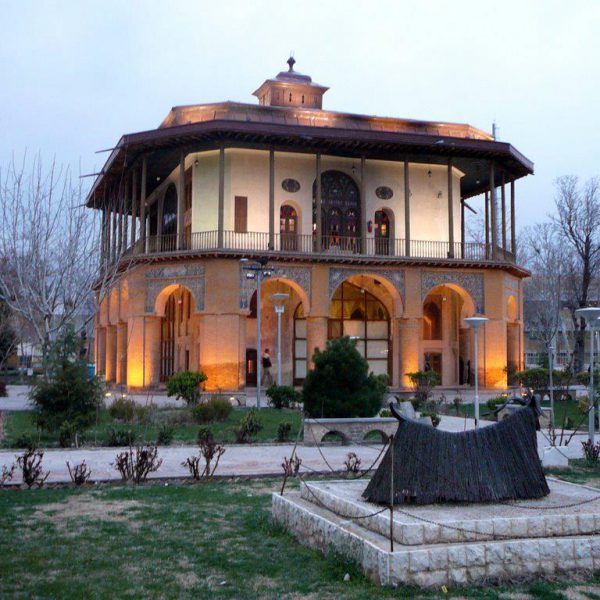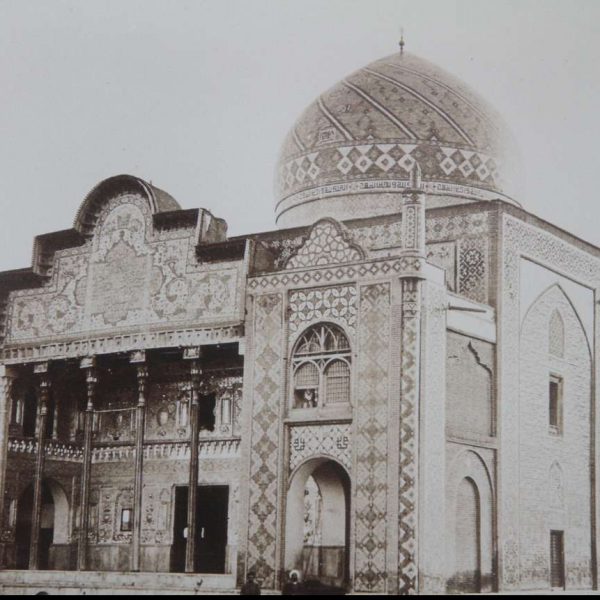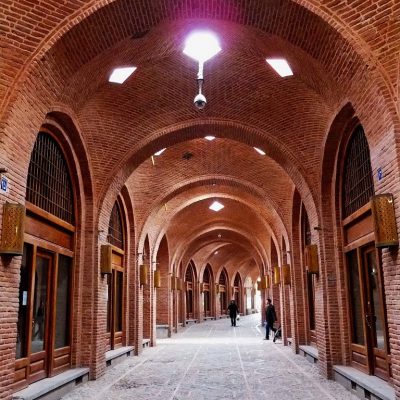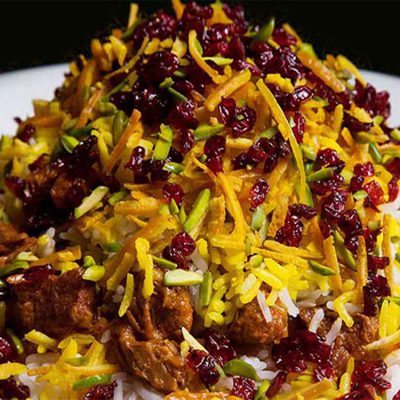To help you make the most out of your trip to Qazvin, we are going to introduce its touristic highlights. Aside from the attractions of the city, you can visit the ancient Alamut Castle which is located within 100 kilometers of Qazvin. This castle along with Lambsar castle near Razmian (within 57 km of Qazvin) were among historical fortresses in Iran. As for the natural wonders of Qazvin you can visit the Ovan Lake which is Located in Qazvin Province and near the Alamut Castle. However, the historic attractions of Qazvin are listed as below. You can find more information on these attractions by checking out our Blog’s posts.
- Caravanserai of Sa’d al-Saltaneh and Bazaar which are among the top attractions for the visitors of Qazvin. This caravanserai is known as one of the biggest roofed caravanserais in Iran. Currently, this place is the center of artists’ workshops where they exhibit and sell their crafts. Between the old Bazaar and this caravanserai, the Nabi mosque is located.
- Chehel Sotun Palace which was established by Shah Tahmasb as an imperial Palace. This Palace is currently a museum of Calligraphy
- Imamzadeh Shazdeh Hossein is a 16th century shrine that has been favored among the many holy shrines in Iran. This shrine with its beautiful blue dome, mirror works, and tile works has caught the interest of many of its visitors.
- Cantor Church which is a red-colored orthodox church. Today, this church no longer serve its religious purposes.
Other Attractions
- The Qajar mansion of Aminiha Hosseiniyeh
- Qajar Bathhouse and Anthropology Museum
- Ali Qapu and Darbe Khoushk gates
- Haji Kazem, Sardar-e Kuchak and Bozorg Cisterns
Local Food & Signature Dishes
Of the most famous signature dishes of Qazvin are the Qeime Nesar stew, and Shirin Polo (a kind of sweet rice with nuts and zests). Domaj is also another famous local food of Qazvin which is a kind of finger food. The main ingredients of this finger food are cheese, vegetables, and some nuts. You can try the main Iranian dishes and some local dishes in Qazvin’s restaurants around the city. Here is a list of hand-picked Restaurants and Cafes in Qazvin. You can also find several sweets such as Qazvin Qottab and Baklava as edible souvenirs of Qazvin.
Handicraft & Souvenirs
The handicrafts of Qazvin range from cloth and cotton weaving to wool carding and many more. You can find these handicrafts in the Bazaars of Qazvin. The most notable handicrafts of Qazvin are mentioned below.
- Nam Nam Dozi is a kind of decorative art that is done on different fabrics with sewing beads
- Sermeh which is another kind of decorative art with more than 2500 years of antiquity
- Qazvin Carpets which come in different patterns and designs
- Tents and specially night tents that come in different colors from blue to cream and azure
- Maleki Giveh which is a special kind of Shoe that is made out of durable and comfortable fabrics
- Qazvin Jajim which is called Moj and is made out of sheep’s wool




